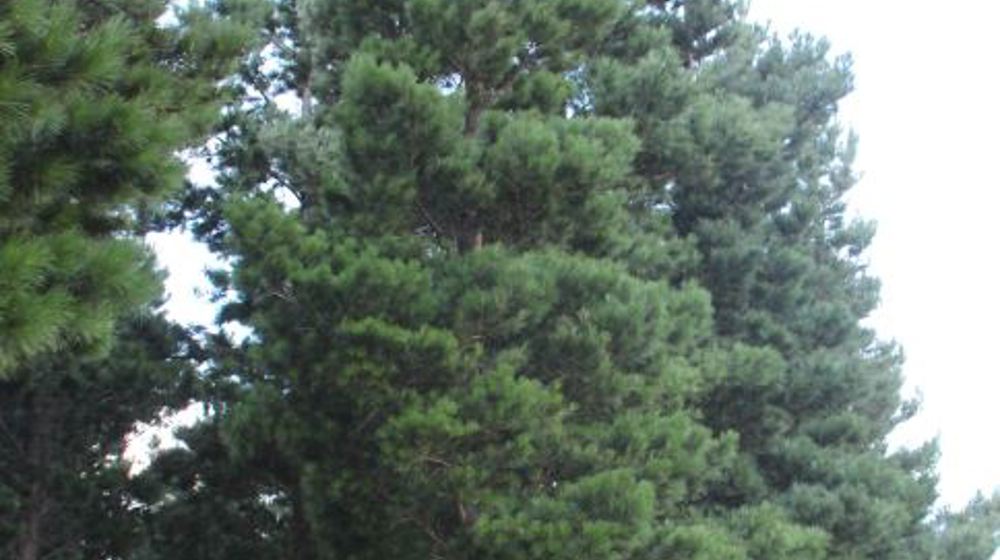-
-
-
-
-
-
-
Land use in Otago
-
-
-
-
-
-
-
-
-
-
-
The Otago region covers around 32,000 km2 of land making it the third largest region in Aotearoa New Zealand.
Since settlement, land use and cover has changed dramatically with wetlands drained and forests cleared for the primary industries that still power this country. Yet, even in the last decades land use has continued to change. Since the first land use map in 1990 derived from the Land Cover Database (LCDB), land use has diversified with an expansion of land managed for conservation and an expansion of both dairying and horticulture.
Interactive Otago land use map
Disclaimer The map is derived from various datasets to inform the use of each land parcel. Proxies and assumptions were used when no land use information was available. The improvement of the map is an ongoing process.

Freshwater Farm Plan Layers Map
Explore the compiled layers developed to assist in the creating of maps for Freshwater Farm Plans. This map includes the current land use map of Otago.

Forestry
The forestry sector is important to Otago's economy. However, forestry can have negative effects on our environment, especially water quality.

Agricultural intensification and dairy support
You might need permission if you're changing farming practices in Otago, like adding more irrigation to dairy farms, switching land to dairy farming, turning forests into farmland, or growing dairy support areas. The rules are to stop more contaminants and match national and local environmental standards. ORC is here to help.

Intensive winter grazing
We know that intensive grazing is an essential element of many Otago farming systems, but when it’s not managed well it can result in significant nutrient and sediment losses into waterways that may negatively impact on water quality.
While the use of land in Otago is diverse, it can be summarised into 8 broad categories:
|
Land use category |
Regional extent (%) |
Description |
|
Livestock farming |
62 |
Land farmed for sheep, beef, deer and/or a mix of these and other animals. |
|
Conservation and native |
22 |
Land managed for conservation and native cover. |
|
Dairying |
6 |
Land used for dairying and dairy support. |
|
Plantation forestry |
4 |
Land planted with forestry trees for the commercial harvest of timber. |
|
Residential, commercial and infrastructure |
3 |
Land in residential, commercial, public, and industrial uses; and road and rail infrastructure, small land holdings and lifestyle blocks. |
|
Arable |
0.3 |
Land used for short rotation cropping. |
|
Horticulture |
0.3 |
Land used for orchards, vegetable and flower growing, nurseries, and vineyards. |
|
Pig and poultry |
<0.1 |
Land for the commercial rearing of poultry and pigs. |
|
Freshwater |
3 |
Rivers and lakes. |
Land use information is important to understand the needs of the Otago community and helps us identify how different land uses can affect our environment.
More information on the map, the process and statistics is available in the "Land Use Mapping for the Otago Region" report:

